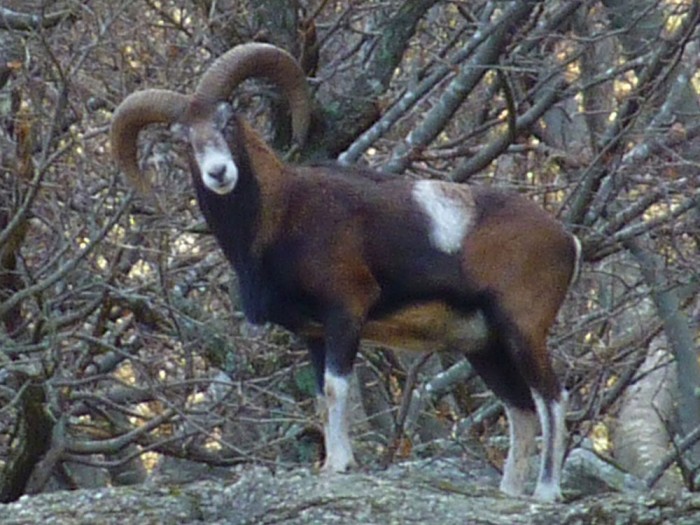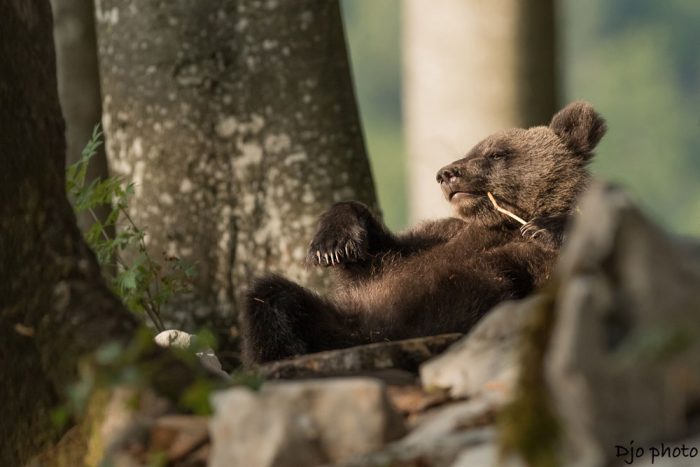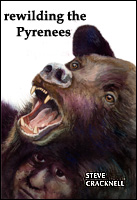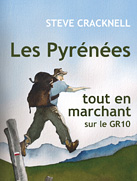![Bear cub [photo: DJO photo]](http://www.pyreneanway.com/blog/wp-content/uploads/2018/03/cub-smoking-700x467.jpg)
Bear cub in Slovenia, source of the reintroductions [photo: DJO photo]
I have been talking to both sides in the conflict between ecologists and anti-bear shepherds. So, the announcement on 26 March came as no surprise.
“I wish to arrange for the reintroduction of two female bears in the Pyrénées-Atlantiques [western Pyrenees] in autumn. I will ask the Prefect to organize discussions so that the reintroduction is successful,” said Nicolas Hulot, French environment minister.
France signed the Bern Convention in 1979, and the 1992 EU Habitats Directive reinforced its commitment to restoring the bear population. Two waves of arrivals, in 1996/7 and 2006, saw eight bears transplanted from Slovenia; the population here has now reached forty. But it is plagued by inbreeding, and the two male bears in the Pyrénées-Atlantiques department are isolated from the main group. This is where the females will set up home.
Alain Reynes, president of the pro-bear Pays de l’Ours told me: “It’s good news but the real good news will be when they arrive. We need to work to make it happen.” As he points out, in 2010 the environment minister Chantal Jouanno proposed to release a bear to replace Franska, killed in a road accident. But nothing came of the idea.
On the other side of the equation, when asked for his reaction, Philippe Lacube, one of the major figures battling against reintroductions, commented: “It’s astonishing, because we were promised a coordinating committee. But instead of sending us two officials they’re sending us two bears!”
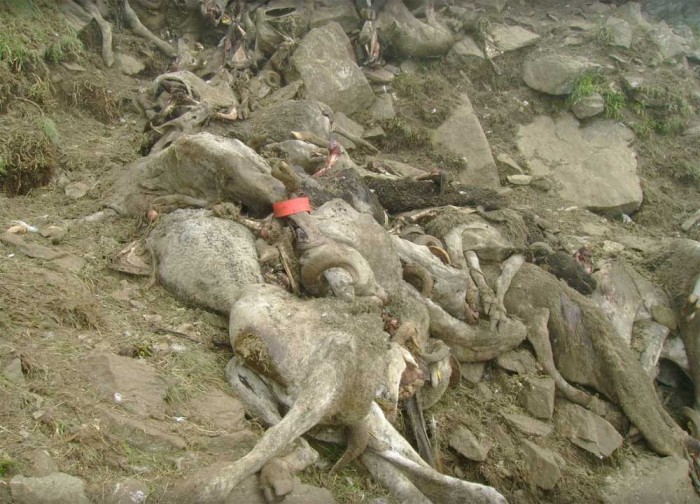
Dead sheep after an attack in the Orlu valley
Earlier I had talked to Gisèle Gouazé, president of the cooperative that lost the 209 sheep last summer.
“Generations and generations of people have cleared that mountain and have maintained it. Where are we heading now?” she asked.
See also
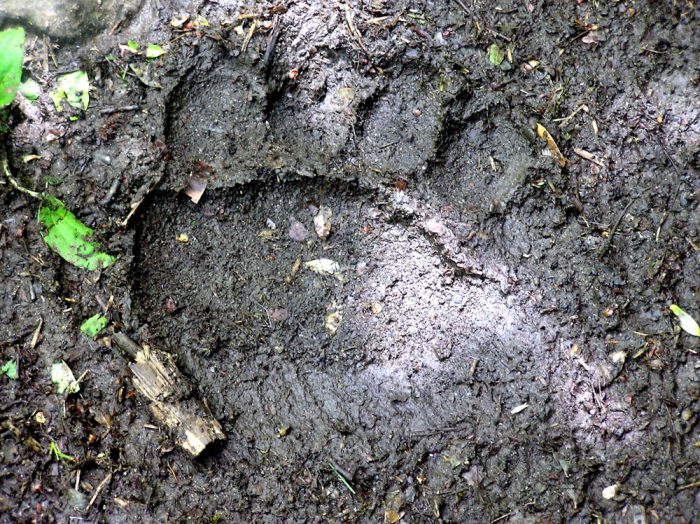
Bear footprint seen in Ariège, French Pyrenees [photo: Catherine Brunet]



